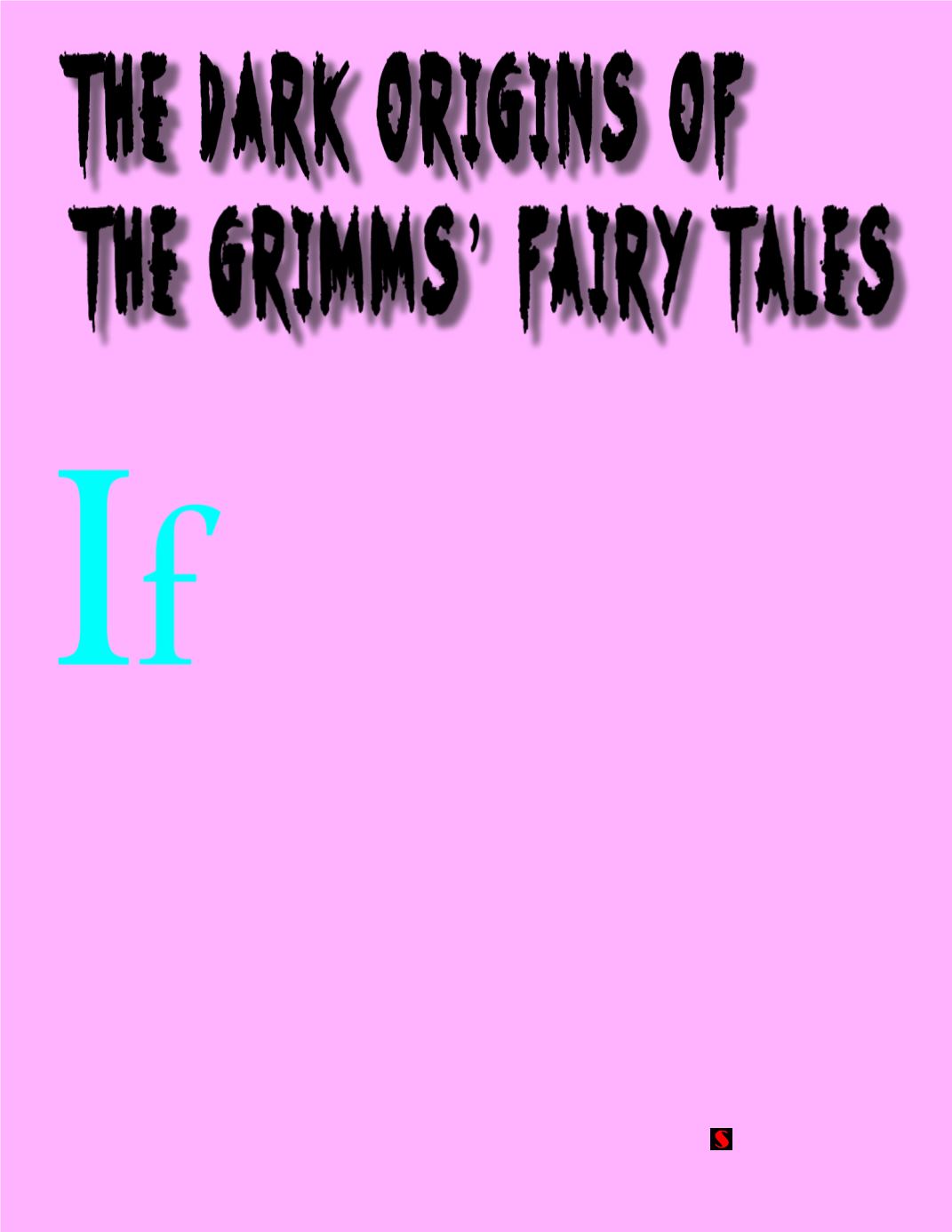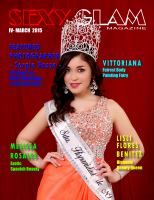

MARCH 2015 -
SEXY GLAM
MAGAZINE -
49
Every fairy tale ends with a happily ever after, right?
Well, not to begin with, they didn’t…
you had to
recount the story of Cinderella right now,
you could probably do it quite easily.
Wicked stepmother, glass slipper, stroke
of midnight, blah blah blah. You could
probably also reel off the story of Snow
White, or Little Red Riding Hood, with-
out needing to really think about it too
much. These stories are pretty well woven
into our cultural DNA by now – and a lot
of that is down to the work of the Grimm
brothers. But the versions we know now
aren’t the versions the Grimms originally
published, and the stories weren’t origi-
nally intended for kids at all.
Back in the early 1800s, Jacob and Wil-
helm Grimm were working as librarians.
Born into a well-off family, their lives
took a turn for the worse when their father
died, and the brothers struggled through
school and university in poverty. Librar-
ians weren’t particularly well paid, either,
but the Grimms were both keen scholars,
and their work gave them both time and
opportunity for their own research. And
their research led them to put together a
collection of folk tales.
It sounds like a kind of whimsical project,
but actually the Grimms’ work was part of
a wider political movement in Germany
at the time. The country was split into 200
principalities, and many people – includ-
ing the Grimms’ law professor, Friedrich
von Savigny – wanted to see them united
as a single nation. To that end, many writ-
ers and thinkers were turning to traditional
folk tales to explore (or maybe define)
a kind of German national identity. The
theory was that these stories, passed down
from one generation to the next, contained
the collective hopes, fears, and morals of
the German people. The Grimms weren’t
the only ones putting together collections
of folklore, but it’s their work that became
the best known.
Their first volume of stories, Kinder- und
Hausmärchen (or Children’s and House-
hold Tales) contained 86 stories, gathered
together from the Grimms’ research, and
from their friends and acquaintances.
The Grimms included stories commonly
told in other regions of the world if they
thought they had German roots some-
where along the line (including rewritten
versions of stories thought to be original
to French author Charles Perrault) and all
the stories were edited, both so that they
used Germanic words and phrases, and
so that they sounded authentically rustic.
It’s hard to know, now, how cynically that
might’ve been done, so maybe it’s best to
give the Grimms the benefit of the doubt
and assume they thought they were doing
what they thought was best.
One thing they definitely were doing,
though, was making sure to include all the
gory details of the more didactic stories
in their collection. You’ve probably heard
that most fairy tales were much nastier
in their original forms than they are in
the later Disneyfied versions, but it’s still
striking just how much darker they were.
If you don’t feel like having your child-
hood illusions shattered, click away now,
because we are about to share some of the
grisly details from the original versions of
some much-loved fairy tales, after all, no-
one wants a bedtime story that gives them
nightmares.














